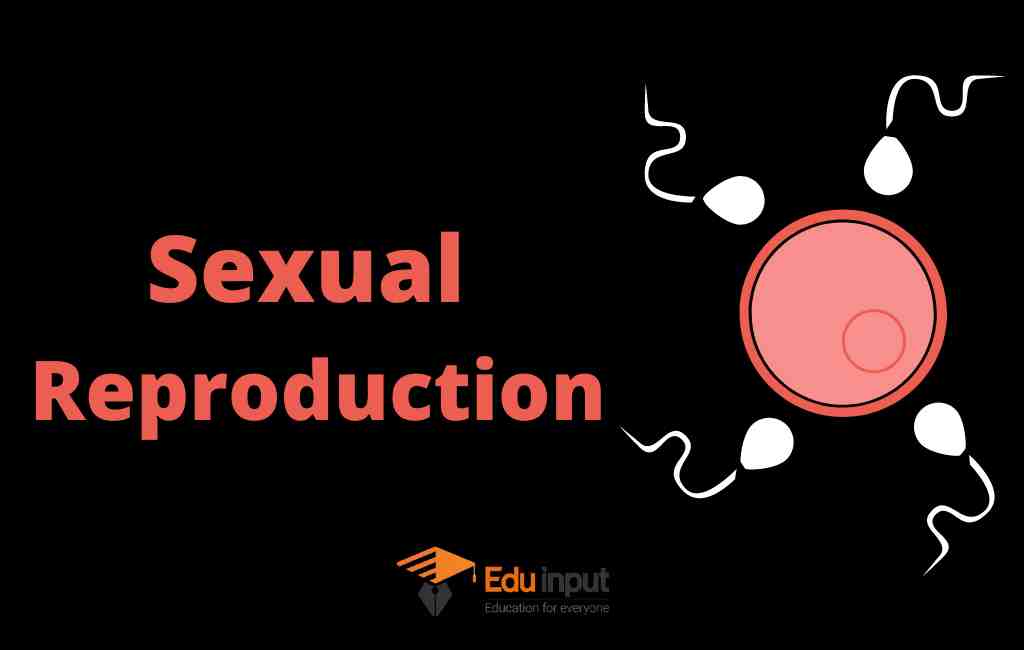What is Parthenogenesis?-Characteristics and Role in Social Organization
Parthenogenesis is the process of creating new life from scratch. This process occurs naturally during embryonic development, but scientists have also managed to artificially create human embryos through cloning techniques.
What is Parthenogenesis?
Parthenogenesis is the process of producing seeds without pollination. For a seed to germinate, it requires water and sunlight. If neither of these elements is present, the seed cannot germinate. However, if both of these elements are present, then the seed will begin to sprout. When the seed begins to sprout, it produces roots and shoots.
These roots and shoots are called the radicle and hypocotyl respectively. The radicle is the root of the seedling while the hypocotyl is the stem. Once the radicle and hypocotyl have grown out of the seed, they become the first plant’s first true leaves. The first set of leaves has developed, and the plant continues to produce new leaves until it reaches maturity.
How does Parthenogenesis Work?
The reproduction without sperm and normal fertilization are called parthenogenesis. It takes place in certain flatworms, rotifers, roundworms, insects, lobsters, some lizards, and some fishes. However, most parthenogenetic animals can also reproduce sexually at some point in their life history Parthenogenesis is a spontaneous activation of a mature egg.
It is followed by normal egg divisions. It undergoes embryonic development. Some species do not undergo parthenogenesis. Their mature eggs can be activated by pricking them with a needle. They can also be activated by exposing them to high concentrations of calcium, or by altering their temperature. These eggs develop into adults without fertilization.
Number Of Chromosomes In Parthenogenetic Animals
Parthenogenetic eggs do not receive male chromosomes. The offspring have only a haploid set of chromosomes. However, the meiotic division is suppressed in some animals. So they develop diploid numbers. In other animals, meiosis occurs. But unusual mitosis changes the haploid embryonic cells to the diploid condition. Evolutionary significance of parthenogenesis
Characteristics Of Parthenogenetically Produced Animals
Animals that reproduce parthenogenetically have less genetic variability. This condition has the advantage for animals that are well adapted to a stable environment. But parthenogenetic animals have less flexibility in the changing environment. Therefore, this form of reproduction is relatively uncommon.
Role In Social Organization
Parthenogenesis also plays an important role in social organization. This social organization can be seen in the colonies of certain bees, wasps, and ants. Bees produce a large number of males (drones) parthenogenetically. The sterile female workers and reproductive females (queens) are produced sexually.






Leave a Reply